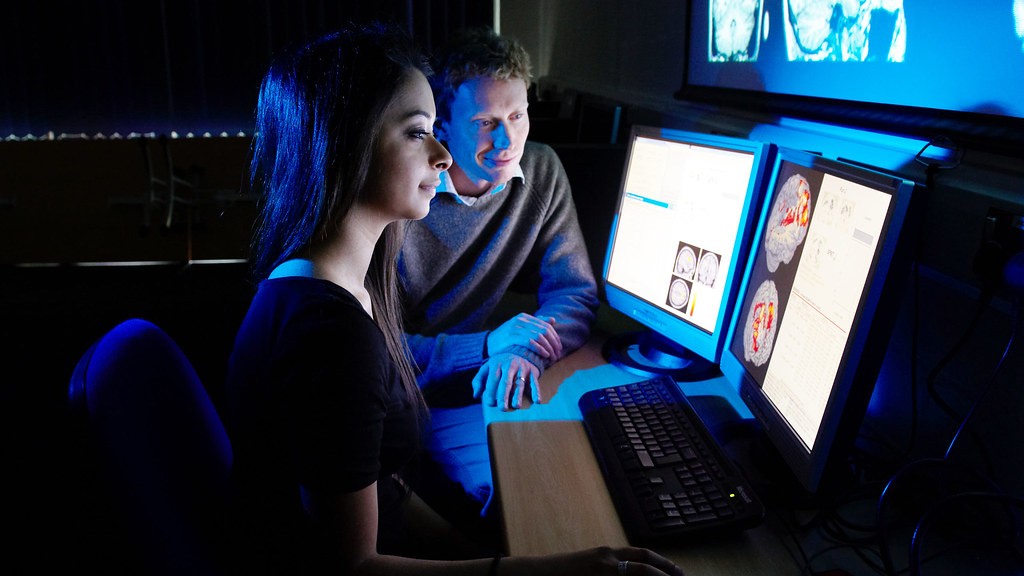Dr Ian Walker from the Department of Psychology has conducted research over the last two decades examining driver behaviour near bicyclists. The studies he conducted into the factors that affect the behaviour of motorist were some of the first to examine this topic.
Examining the behaviour of motorists
Through a series of research studies, Dr Ian Walker gathered measurements of driver behaviour, monitoring the space left by motorists when overtaking a bicyclist in real traffic. The studies were rooted in the psychology of stereotype activation. They looked for systematic variations in drivers’ overtaking as a function of the rider’s appearance and behaviour.
They revealed that driver behaviour varied systematically as a function of how the rider looks or acts.
The findings from the studies showed that drivers tended to leave more space when passing female riders compared to male riders. They also importantly highlighted that drives gave less space when a bicyclist rode away from the edge of their lane or wore a helmet. The same studies also showed that driver behaviour is not much changed by other key variables such as the rider’s clothing, such as high-visibility jackets.
The findings of the research into the use of wearing helmets were featured in The New York Times.
Changing perspectives
These studies show that drivers respond to bicyclists’ appearance in a way that can affect safety. A small proportion of motorists were also unacceptably close when passing bicyclists. This occurred regardless of circumstances or the rider behaviour.
Importantly this research highlights that bicyclists can't do much to make themselves safer and that action is needed from motorists and policy makers to improve their safety.
Road safety policy has traditionally focused on encouraging vulnerable road users to act, such as by bicyclists wearing bright clothing, rather than focusing on the behaviour of motorists. This highlights that changes to the behaviour of motorists are need, as bicyclists can’t entirely control their own safety when riding amongst drivers.
Saving lives
Based on the findings of Dr Ian Walkers research, the Amy Gillett Foundation in Australia used this as the starting point for their A Metre Matters campaign. The campaign was launched nationally across Australia in 2009, and promoted the messaging that when passing bicyclists, drivers need to allow a minimum passing distance of one metre (or one and half metres in speed zones over 60km).
From 2014 to 2020, all of Australia’s eight states and territories trialled, and then adopted, laws specifying minimum passing clearances when overtaking a bicyclist. In each case this was directly in response to the charity’s lobbying.
So far, evaluation of these new laws has shown their impact. After analysing 5,979 behavioural observations, as well as police records, the New South Wales government estimated that minimum passing distances led to a 15% reduction in casualty crashes. Based on these casualty figures, we can estimate the laws will be saving around 7 lives each year.
Benefiting the economy
In addition to the human and social benefits from this reduction in road casualties, there are economic benefits to these outcomes.
The Australian government estimates that each road death costs the nation $7.8m. As such, these laws will be saving the nation around $55m per year from reduced deaths alone.
These changes also create other benefits for Australians through:
- reductions in injury
- encouragement of active travel leading to improvements in population health
- reductions in air pollution




